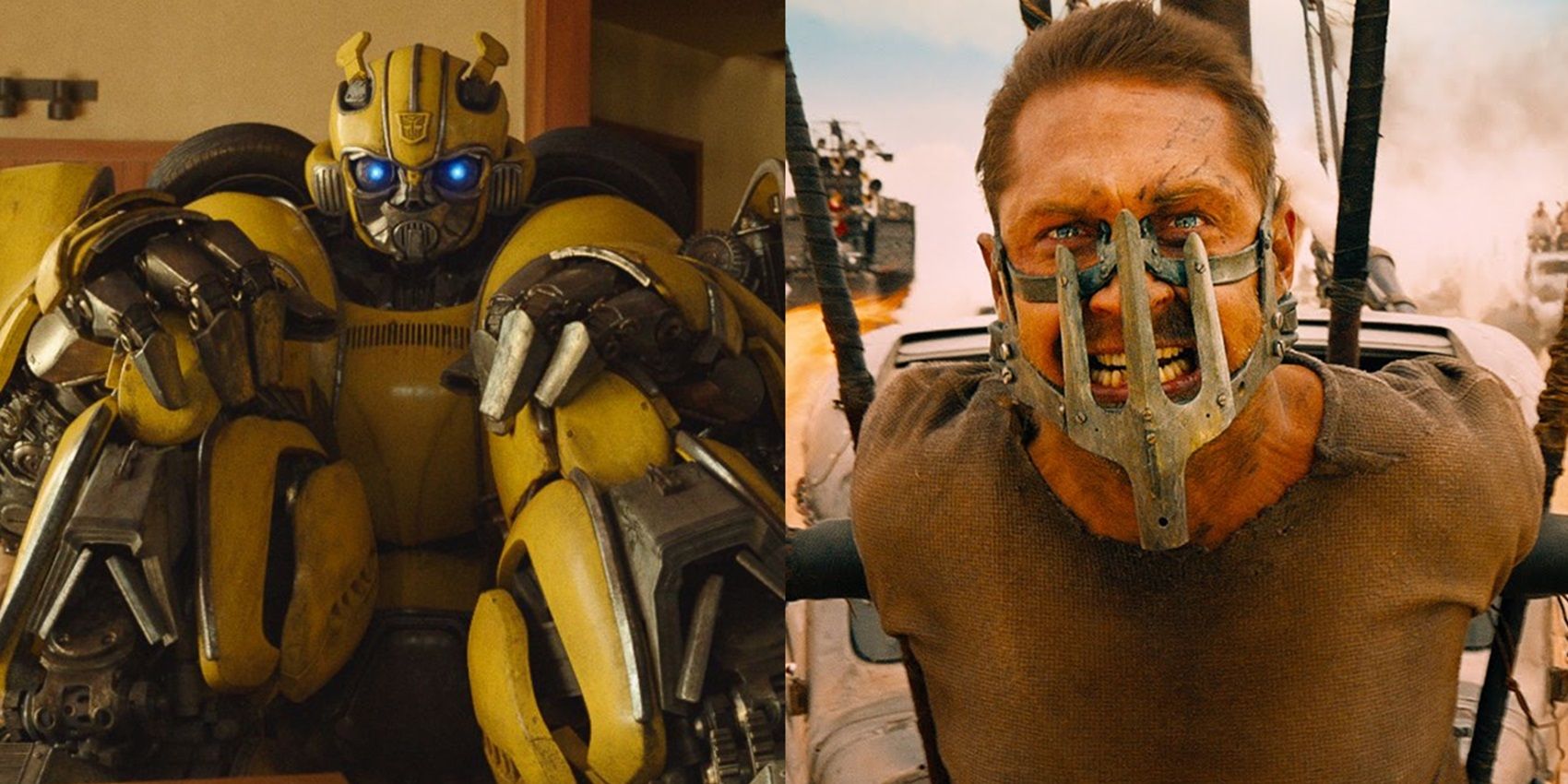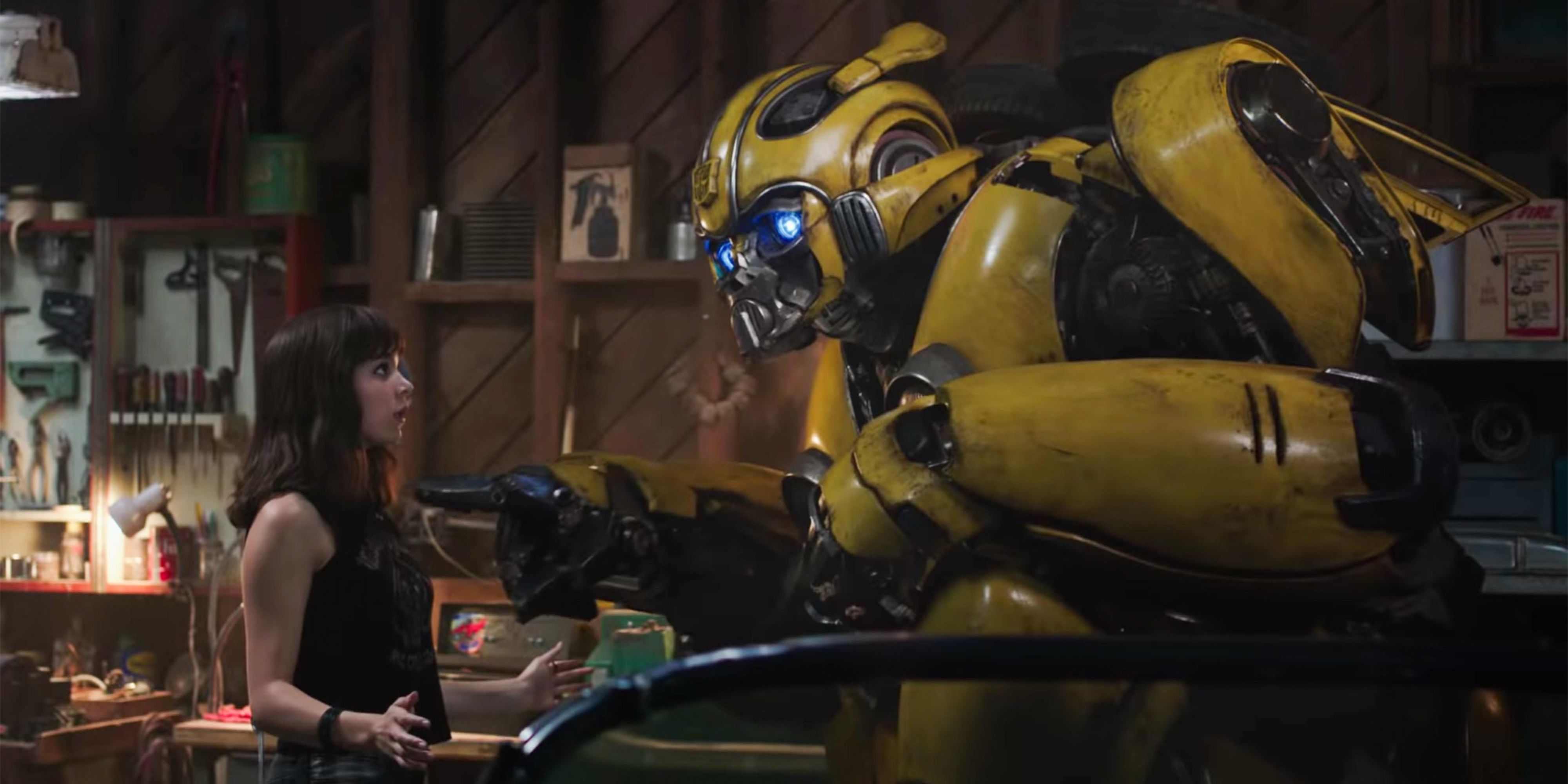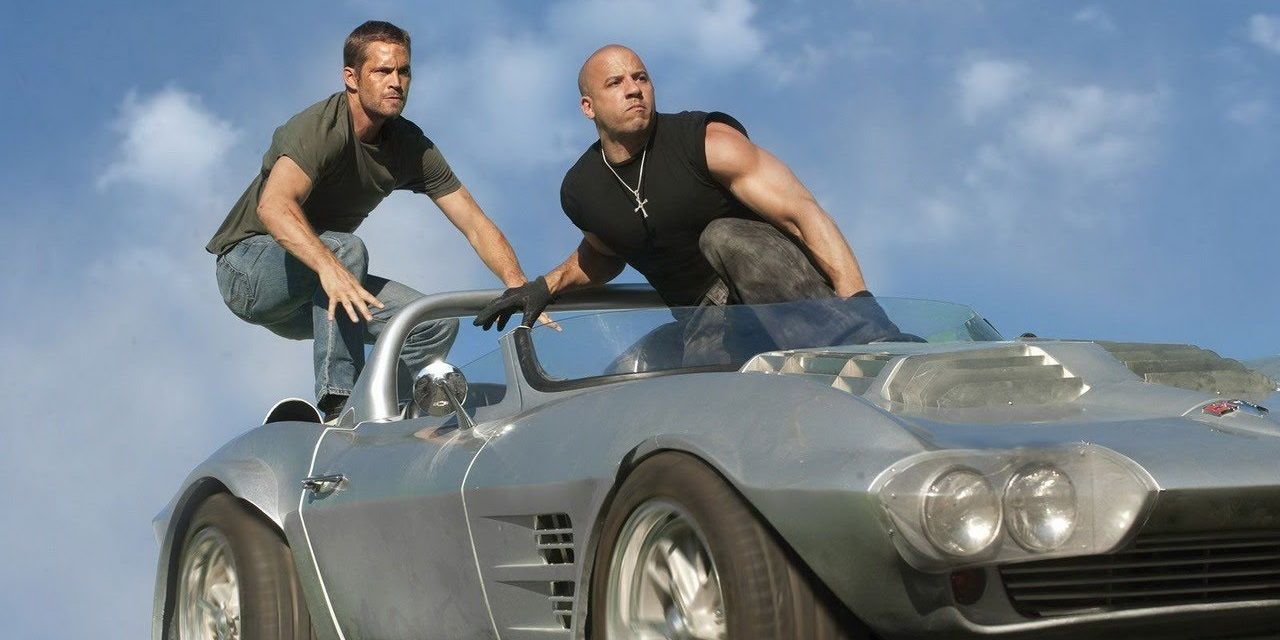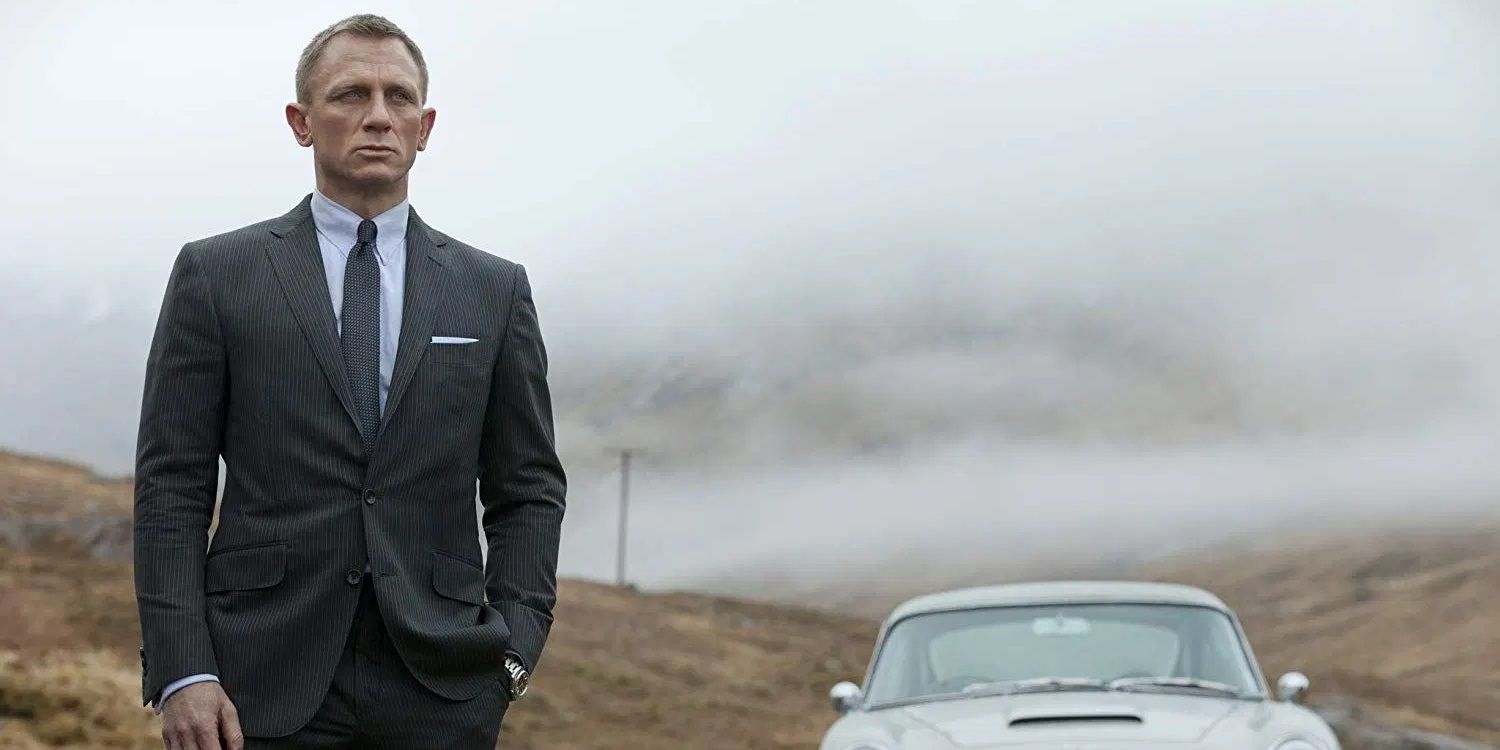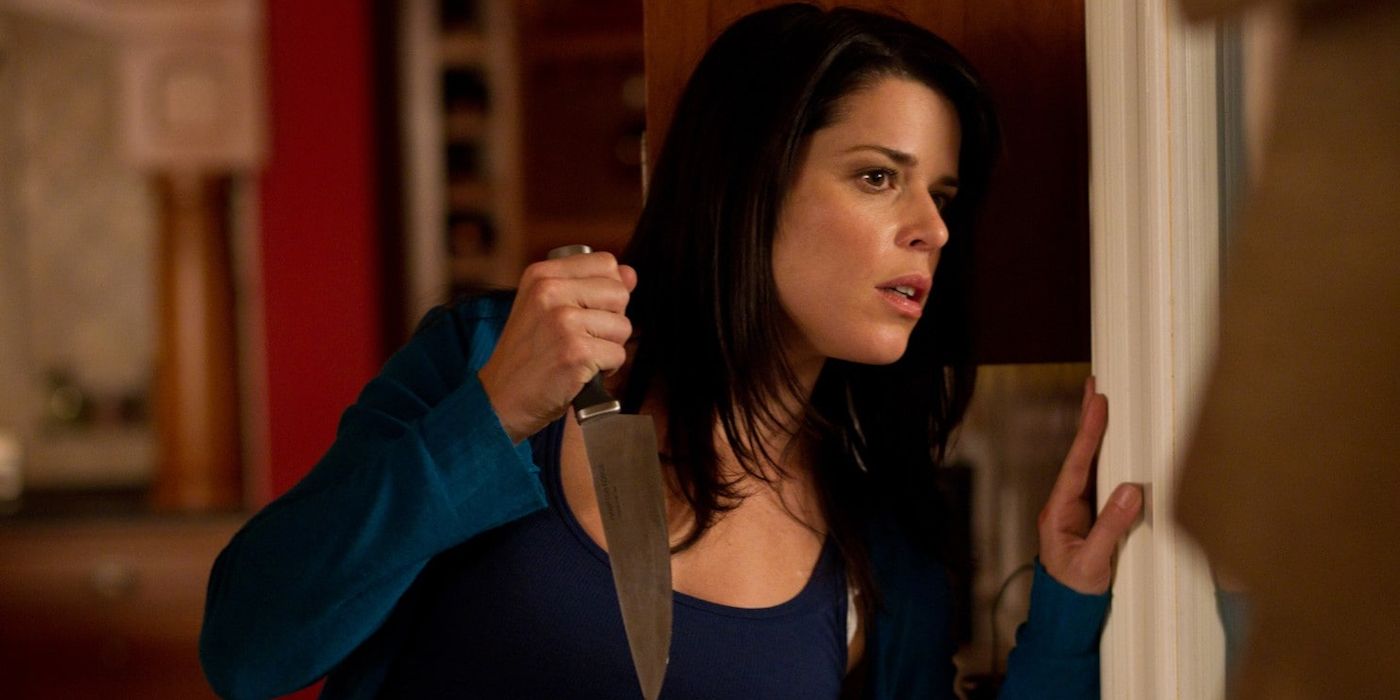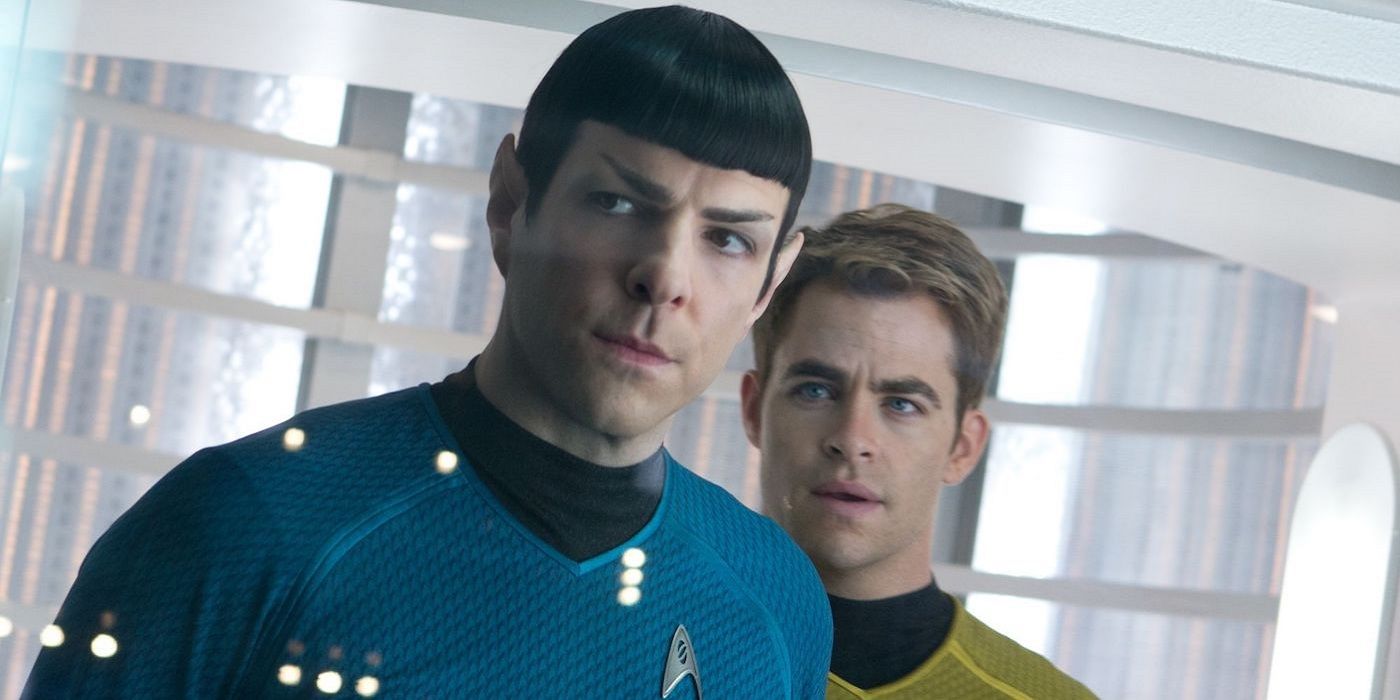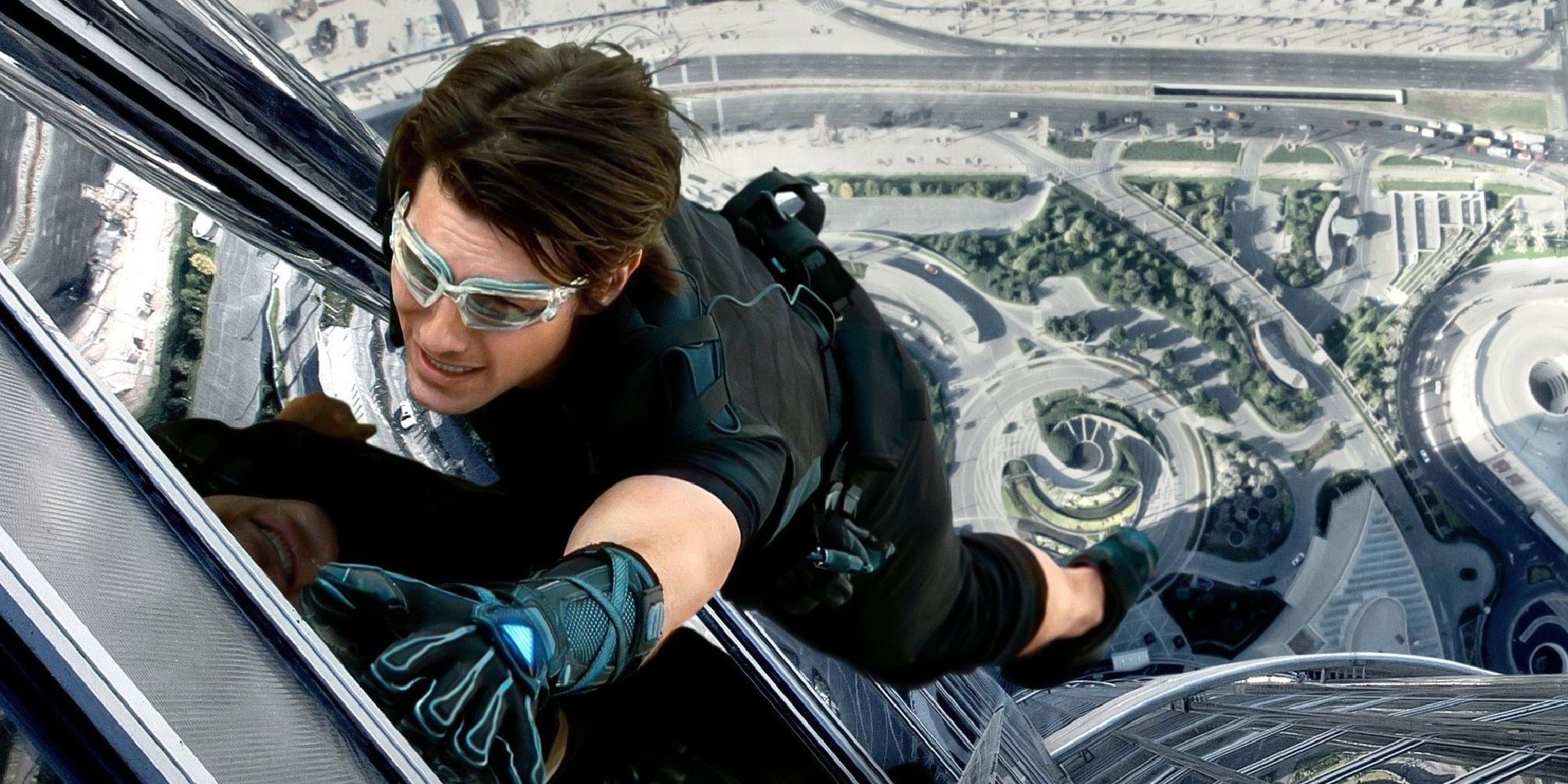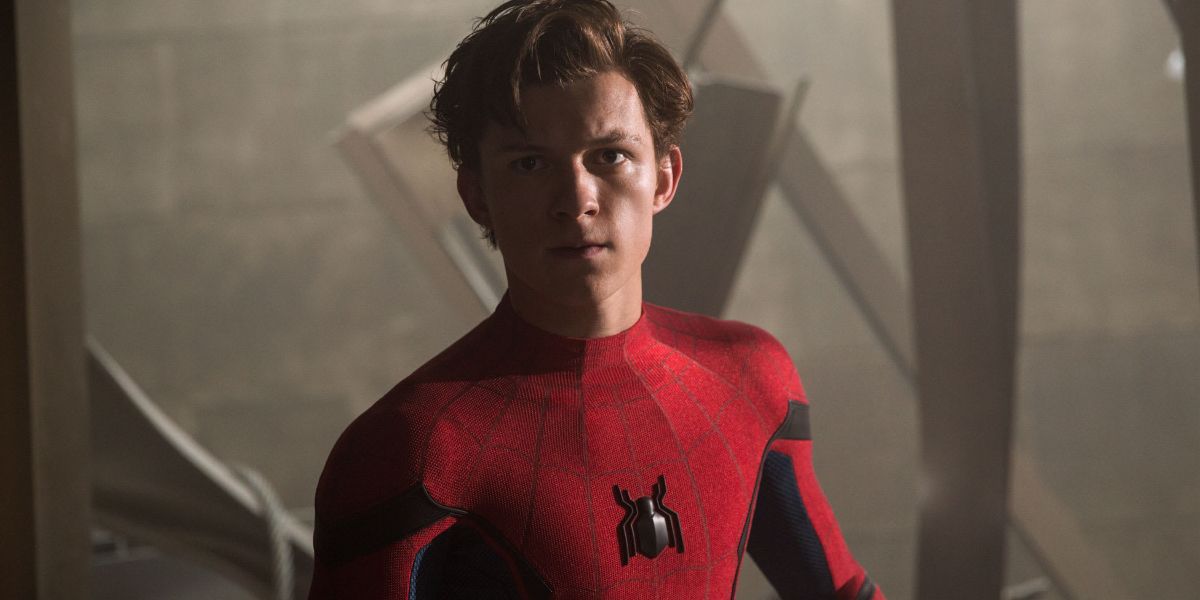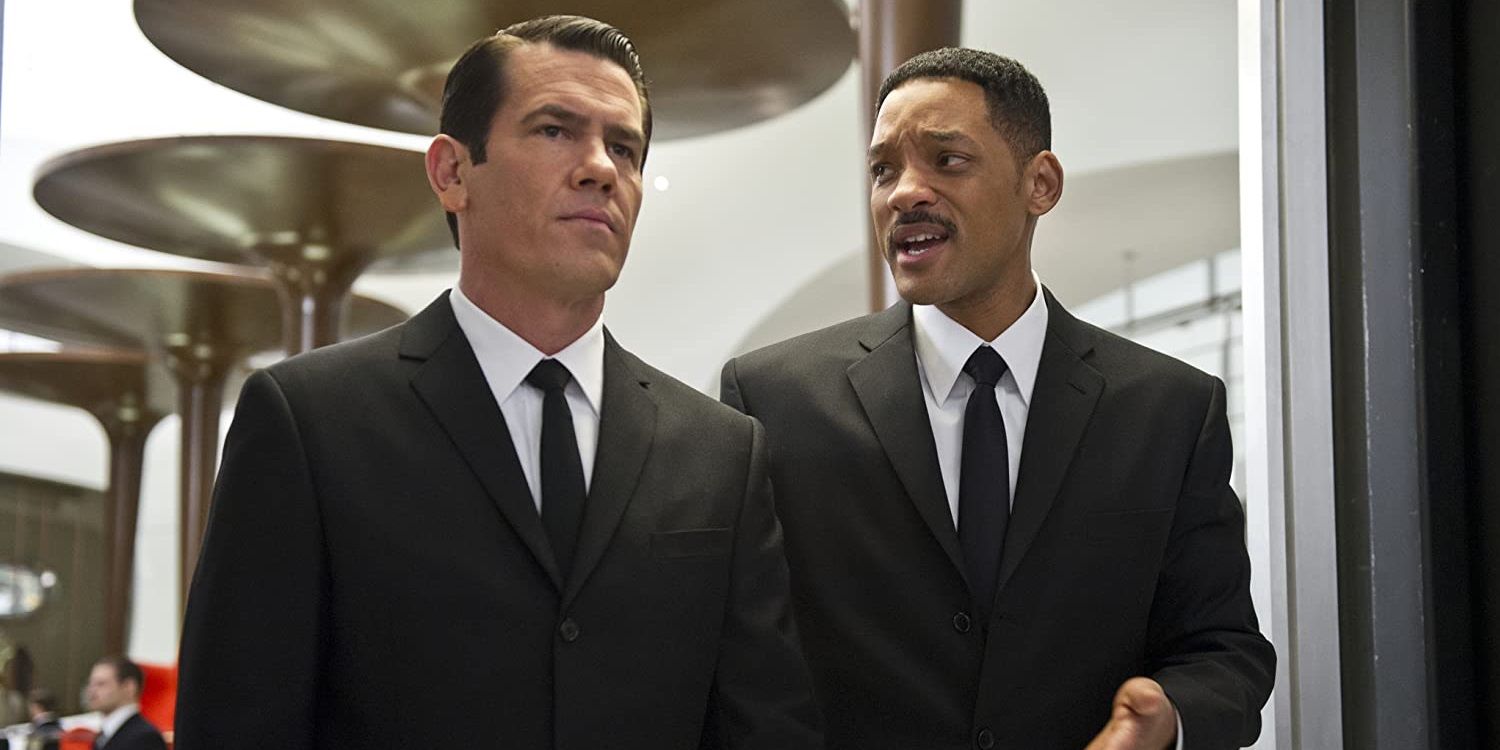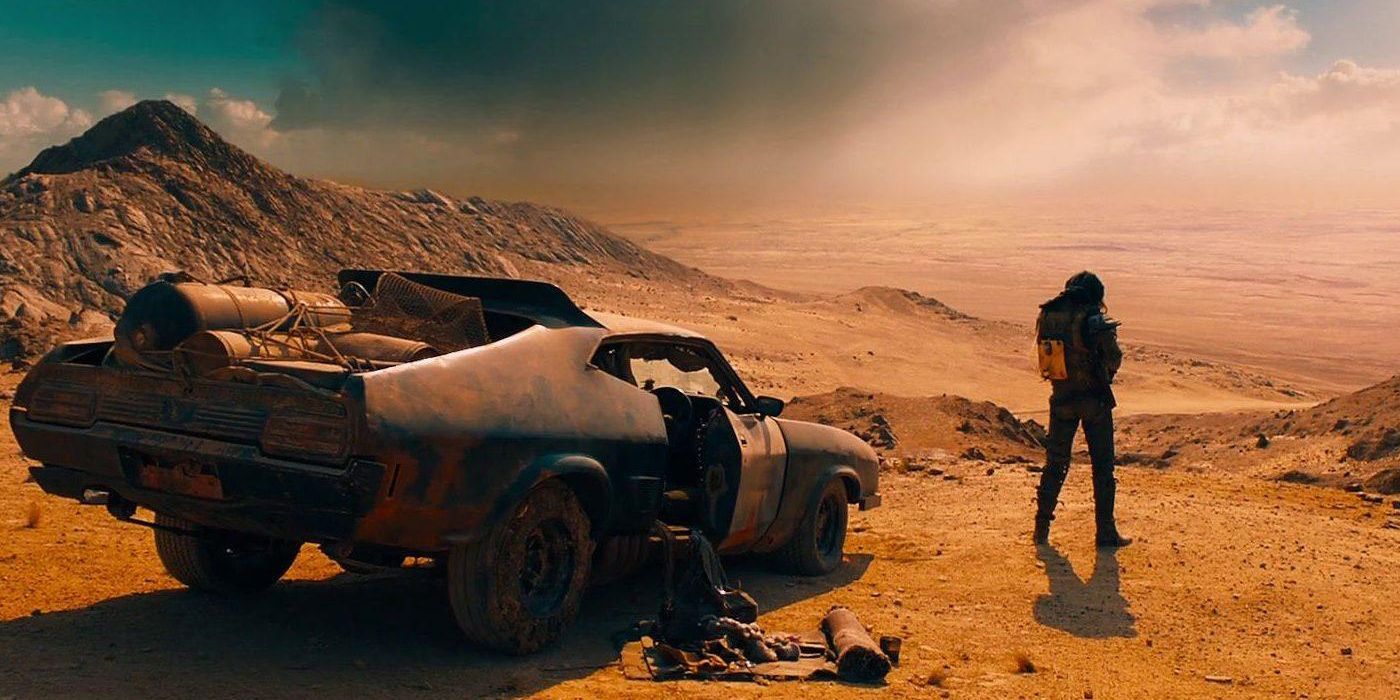After Michael Bay’s second or third Transformers movie, it became clear that this franchise would be offering nothing but loud robot fights, incoherent plotting, and stereotype-driven humor. But audiences were happy to go along for the ride to a certain extent. It wasn’t until Bay’s fifth entry in the series, 2017’s The Last Knight, that Transformers’ reign over the box office came under threat.
Just when it seemed like the Transformers franchise was dead in the water, Travis Knight came along with Bumblebee, an ‘80s-set spin-off. Bumblebee isn’t perfect by any stretch of the imagination, but it is more enjoyable than all the previous Transformers movies combined. Now, the franchise just might have a chance.
Bumblebee (2018)
The opening prologue of Bumblebee set on Cybertron is the Transformers movie fans had wanted to see for over a decade. Michael Bay made a string of action movies about cars turning into robots and punching each other, but this is a rich sci-fi universe.
Travis Knight injected some fun back into the Transformers franchise after it had devolved into incomprehensible dull action scenes (complete with distracting aspect ratio changes) and eye-rolling “jokes.” Hailee Steinfeld’s Charlie Watson is a far more compelling human lead than Shia LaBeouf’s Sam Witwicky or Mark Wahlberg’s Cade Yeager ever were.
Fast Five (2011)
When Vin Diesel and Paul Walker returned to The Fast and the Furious franchise for the fourth installment, a pseudo-reboot titled Fast & Furious, they turned it from a street racing series into a straightforward action franchise. But that movie was pretty weak.
In 2011, Diesel and Walker knocked it out of the park and turned Fast & Furious into a must-see blockbuster franchise with Fast Five. With the story of Toretto’s crew embarking on a daring heist in Rio, this became a series of large-scale actioners about mercenaries getting involved in big, explosive set pieces across the world. With bigger and bigger action sequences, The Fast Saga has essentially become an exercise in cinematic one-upmanship since Fast Five shook things up.
Batman Begins (2005)
George Clooney joked publicly that his movie Batman & Robin was so bad that it may have killed the franchise. This almost became a reality, as Warner Bros. struggled to find a director with a vision for a Batman reboot that would redeem the property in the eyes of fans who were still scorned by Joel Schumacher’s infamous movie.
Of course, the franchise was saved when Christopher Nolan came along with a gritty, semi-realistic take on the Bat’s origin story. Batman Begins’ dark tone changed the face of blockbusters forever.
Skyfall (2012)
After Daniel Craig’s stint as James Bond got off to a terrific start with the breathtaking realism of Casino Royale, his second outing Quantum of Solace arrived as a bitter disappointment. It’s just a generic action movie when Bond movies can be so much more (as demonstrated by Goldfinger, The Spy Who Loved Me, and GoldenEye).
Then, with Craig’s third Bond movie Skyfall, director Sam Mendes married Martin Campbell’s gritty realism from Casino Royale with the silly gadgets and formulaic plotting of the franchise’s classic era. The result was the first Bond movie to top $1 billion at the box office.
Scream 4 (2011)
The first Scream movie was praised as a sharp satire of slashers, then the second one tackled slasher sequels. With Scream 3, the franchise risked settling into the kind of humdrum slash-‘em-up series it had originally sought to lampoon.
Then, with Scream 4, the franchise was redeemed. The fourth movie updated the franchise’s satire and commented on the rise of torture porn in contemporary horror cinema.
Star Trek (2009)
After years of critically panned Star Trek movies revolving around The Next Generation cast, J.J. Abrams rebooted the series with new actors playing the iconic roles from The Original Series. This could’ve easily gone terribly, but the 2009 Star Trek reboot is surprisingly great.
Although Abrams’ action-driven, planet-hopping storytelling is more akin to Star Wars than Star Trek, the movie did succeed in getting casual moviegoers interested in Trek. And Chris Pine and Zachary Quinto were perfectly matched as Kirk and Spock.
Mission: Impossible – Ghost Protocol (2011)
Brian De Palma’s initial Mission: Impossible movie was an agreeable spy thriller whose central set piece — Tom Cruise hanging from wires during a daring infiltration — has become iconic. John Woo’s second one was a little too silly to be entertaining, then J.J. Abrams’ threequel settled into mediocre action movie territory.
Brad Bird’s Mission: Impossible – Ghost Protocol reinvigorated the franchise by sending Cruise out onto the facade of the tallest building in the world. Now, the Mission: Impossible movies are must-see actioners, because Cruise keeps pushing himself to do crazier and crazier stunts.
Spider-Man: Homecoming (2017)
After The Amazing Spider-Man 2 did almost everything wrong — making all the same mistakes as Spider-Man 3 and a bunch of new ones for good measure — Jon Watts’ Spider-Man: Homecoming reinvigorated the Spidey solo movies.
Hot off his highly anticipated debut in Captain America: Civil War, Tom Holland deftly proved he could carry his own movie in Homecoming. Watts made the film as a John Hughes-style high school comedy, which gave it a fresh, unique feel. A year later, a new bar was set for the Spider-Man franchise by the animated masterpiece Into the Spider-Verse.
Men In Black 3 (2012)
As has been pointed out, the critically panned Men in Black II just rehashed all the jokes from the first Men in Black movie and repackaged them as winks to the audience.
The third movie, Men in Black 3, shook up the formula with a time travel plot that saw Will Smith’s Agent J going back to the ‘60s to team up with the younger version of Tommy Lee Jones’ Agent M, played by Josh Brolin (whose Jones impression is spot-on).
Mad Max: Fury Road (2015)
George Miller’s third Mad Max movie, Beyond Thunderdome, was one of the ‘80s-est movies of the ‘80s. The fourth movie was stuck in development hell for years. Miller spent so long trying to get it made that at the beginning of pre-production, Mel Gibson was supposed to stay in the role of Max.
After Beyond Thunderdome had lost the visceral intensity of The Road Warrior, Fury Road brought it back in spades with a feature-length car chase through a post-apocalyptic wasteland that’s been praised as one of the greatest action movies ever made.

